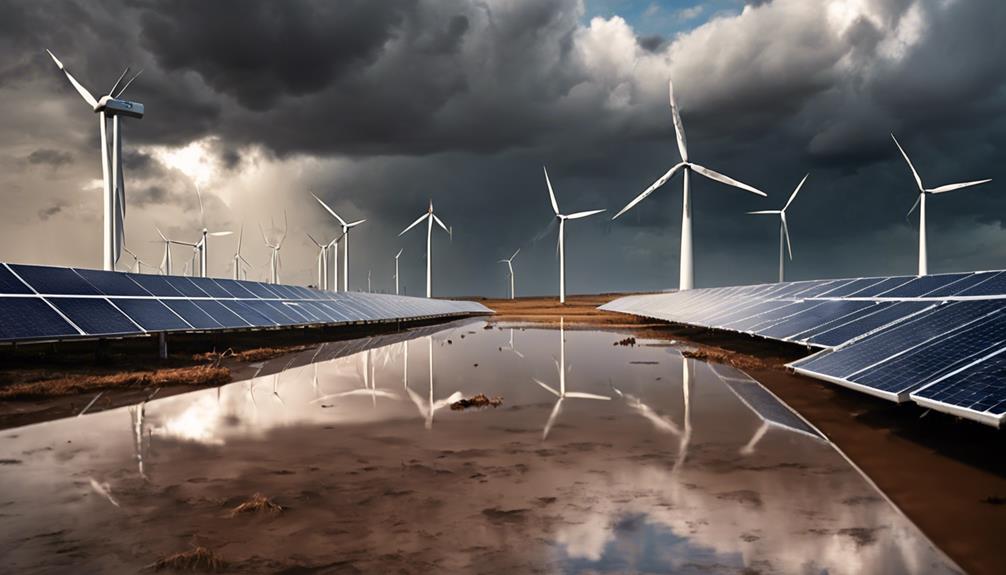
Understanding Solar Power Flexible Panels
Solar power flexible panels are revolutionizing the renewable energy landscape. Unlike traditional rigid solar panels, these lightweight and versatile alternatives offer enhanced adaptability and efficiency. Designed to harness solar energy, flexible panels can be installed on a variety of surfaces, making them ideal for residential, commercial, and mobile applications. Their unique construction allows them to bend and contour to different shapes and surfaces, which opens up new possibilities for solar energy deployment. In this guide, we will explore everything you need to know about solar power flexible panels, from their benefits to installation techniques, and how they compare to conventional solar panels.
The Advantages of Solar Power Flexible Panels
One of the most compelling benefits of solar power flexible panels is their lightweight design. This feature makes them easy to transport and install, especially in locations where traditional solar panels may be impractical. Additionally, flexible panels can be integrated into various surfaces, including rooftops, vehicles, and even clothing. This adaptability allows homeowners and businesses to maximize their solar energy potential without the need for extensive structural modifications. Furthermore, flexible panels often have lower production costs, making them a more affordable option for those looking to invest in solar technology.
Where Can You Use Solar Power Flexible Panels?
The versatility of solar power flexible panels means they can be used in a wide array of applications. For instance, they are perfect for RVs, boats, and off-grid cabins, where space is limited and the need for lightweight solutions is critical. Additionally, flexible panels can be utilized in urban environments, where rooftops may not be suitable for traditional solar systems. They can also be integrated into building materials, such as solar shingles, allowing for a seamless and aesthetically pleasing energy solution. Whether you’re looking to power a small device or an entire home, flexible solar panels can be tailored to meet your energy needs.
How Do Solar Power Flexible Panels Work?
Solar power flexible panels work on the same basic principles as traditional solar panels, utilizing photovoltaic (PV) cells to convert sunlight into electricity. However, the materials used in flexible panels are different, often incorporating thin-film technology. This technology allows the panels to be lightweight and flexible while still maintaining efficiency in energy conversion. When sunlight strikes the PV cells, it excites electrons, generating direct current (DC) electricity. This electricity can then be converted to alternating current (AC) using an inverter, making it usable for home appliances and the electrical grid.
Installation of Solar Power Flexible Panels
Installing solar power flexible panels is generally a straightforward process, but it requires careful planning and execution. First, it’s essential to assess the surface where the panels will be installed. The surface should be clean, dry, and free of debris to ensure proper adhesion. Flexible panels can typically be mounted using adhesive or mounting brackets, depending on the application. It is crucial to position the panels to maximize exposure to sunlight, taking into account any potential obstructions such as trees or buildings. For optimal performance, regular maintenance and cleaning of the panels are recommended to remove dust and dirt that can hinder energy production.
Comparing Solar Power Flexible Panels to Traditional Solar Panels
When considering solar power flexible panels versus traditional solar panels, there are several factors to weigh. While traditional panels often have higher efficiency rates, flexible panels offer significant advantages in terms of versatility and installation ease. Flexible panels are also less likely to be damaged during transport and installation, making them a safer option. However, it’s essential to evaluate your specific energy needs, budget, and installation environment before making a decision. In some cases, a hybrid approach utilizing both types of panels may provide the best solution for maximizing solar energy production.
Environmental Impact of Solar Power Flexible Panels
One of the key advantages of solar power flexible panels is their positive environmental impact. By utilizing renewable energy, these panels can significantly reduce carbon emissions and reliance on fossil fuels. Furthermore, the production of flexible solar panels often involves fewer resources and energy compared to traditional panels, making them a more sustainable option. As the demand for clean energy solutions continues to grow, investing in solar technology, particularly flexible panels, contributes to a more sustainable future. It’s important to consider not only the immediate benefits of solar power but also its long-term impact on the planet.
The Future of Solar Power Flexible Panels
The future of solar power flexible panels looks promising as technology continues to advance. Innovations in materials and manufacturing processes are leading to increased efficiency and lower costs. Researchers are exploring new photovoltaic materials that could enhance the performance of flexible panels even further. Additionally, as the market for renewable energy expands, we can expect to see more applications for flexible solar panels in everyday life. From powering electric vehicles to being integrated into smart homes, the potential for flexible solar technology is vast and exciting, paving the way for a more sustainable and energy-efficient world.
In conclusion, solar power flexible panels present a versatile, efficient, and sustainable option for harnessing solar energy. Their unique attributes make them suitable for a wide range of applications, from residential rooftops to mobile installations. By understanding their benefits, installation processes, and potential environmental impact, you can make informed decisions about integrating solar power into your energy strategy. As technology continues to evolve, flexible solar panels will undoubtedly play a crucial role in the transition to renewable energy and a greener future.





